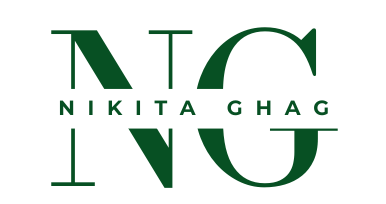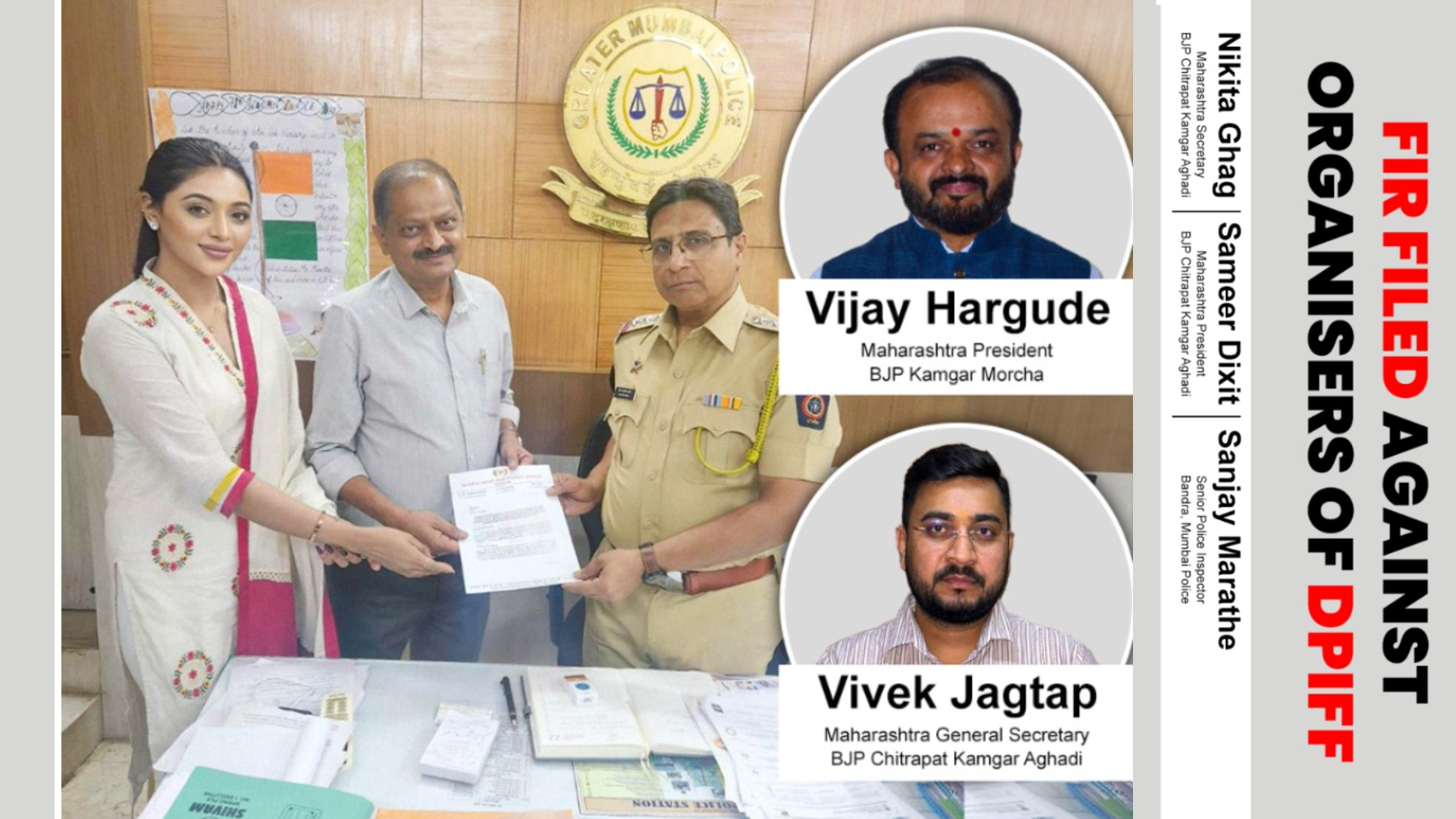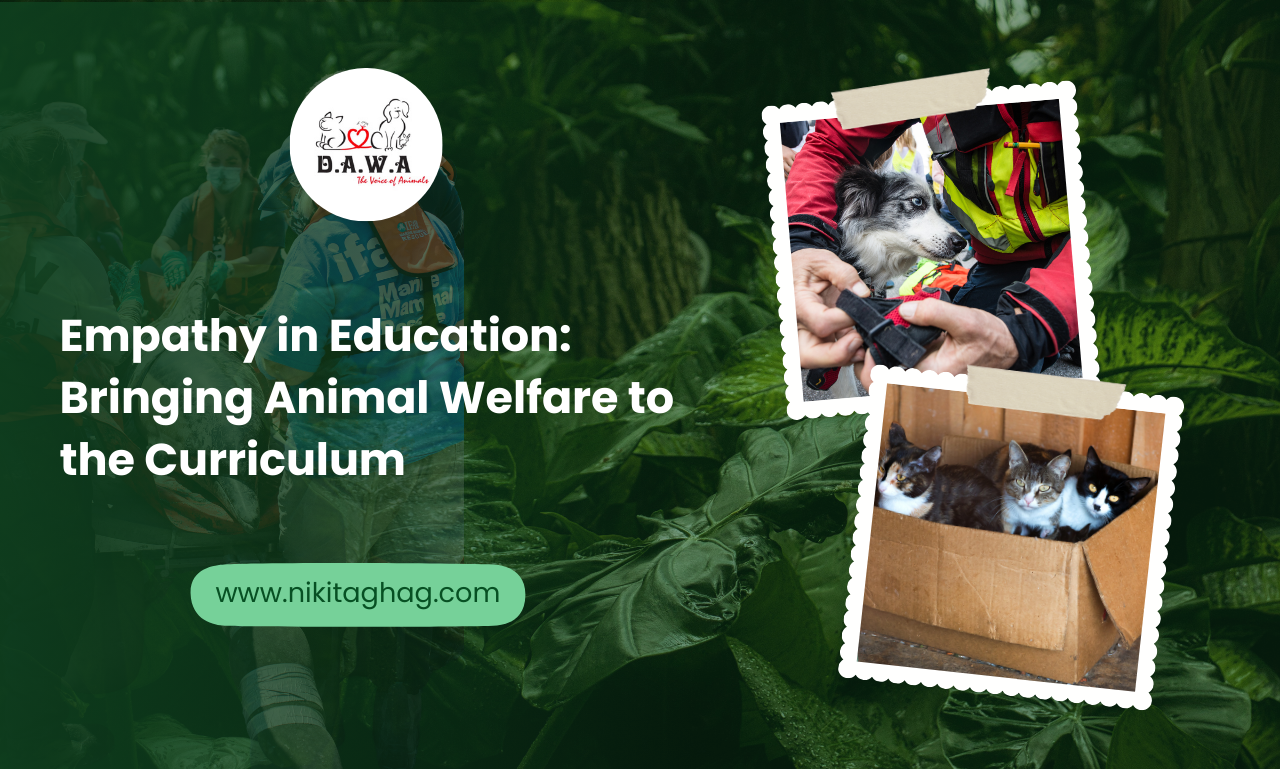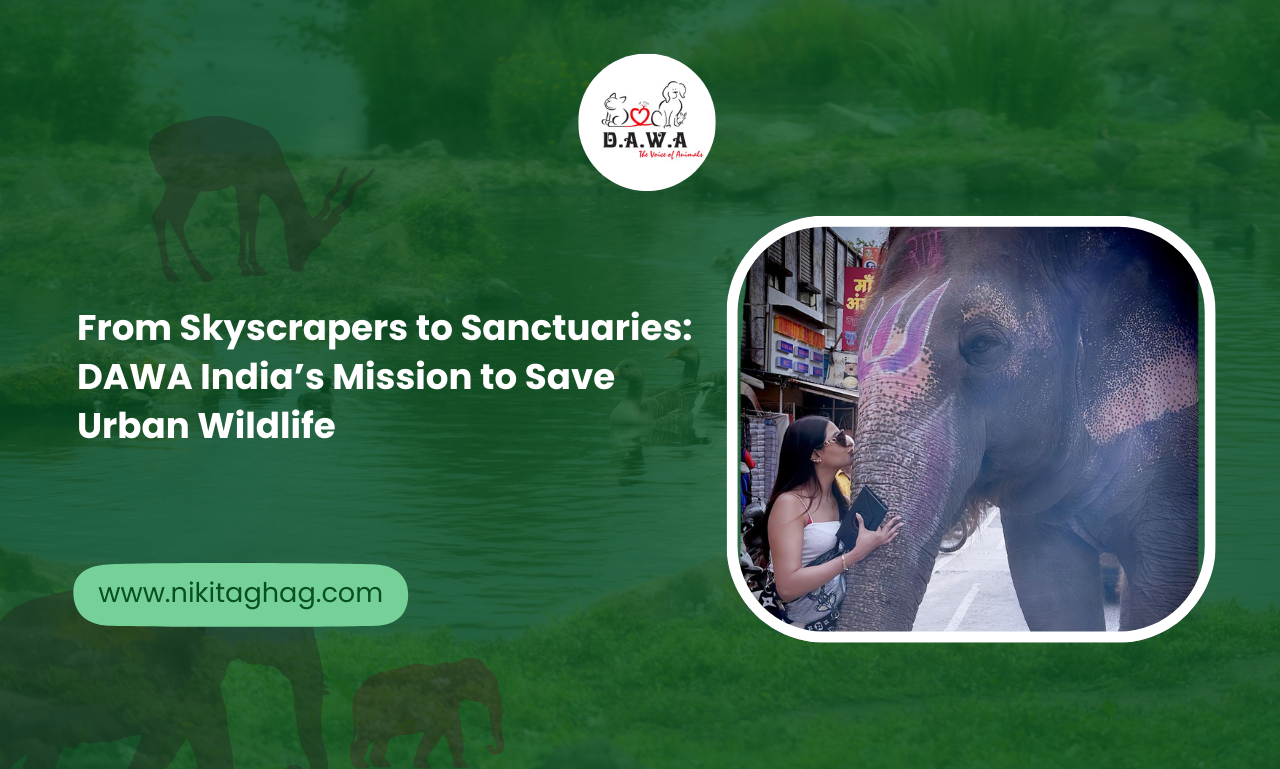The long-running Dadasaheb Phalke International Film Festival (DPIFF) fraud has finally been exposed, sending shockwaves through Bollywood and the Indian film industry. The father-mother-son trio at the center of this scam—Anil Mishra, Abhishek Mishra, and associates—now face legal action as an FIR has been officially filed against them. This breakthrough comes after relentless efforts from the BJP Chitrapat Kamgar Aghadi team, including Miss Nikita Ghag, Adv. Vijay Hargude, Mr. Vivek Jagtap and Mr. Sameer Dixit, who have worked tirelessly to uncover the truth and ensure justice prevails. 🚨 DPIFF Scam: A Deep Dive into Bollywood’s Biggest Award Fraud 🚨 For years, DPIFF falsely presented itself as a prestigious award function, deceiving Bollywood and TV celebrities, filmmakers, and the general public. The scam misused the legacy of Dadasaheb Phalke, India’s cinematic pioneer, to falsely claim credibility and conduct an elaborate fraud. 🔎 Key Revelations from the Investigation: ✔️ Fake Government Endorsements: DPIFF misled the public by falsely claiming government recognition, when in reality, it had no official connection with the Ministry of Information & Broadcasting, which grants the real Dadasaheb Phalke Award. ✔️ Fraudulent Award Distribution: Bollywood and TV celebrities were duped into believing they were receiving an honor linked to the prestigious Dadasaheb Phalke name, tarnishing the integrity of the industry. ✔️ Financial Misconduct & Monetization of Awards: DPIFF allegedly sold awards instead of recognizing genuine talent, manipulating nominations to profit off unsuspecting artists and film industry professionals. ✔️ Legal Action to End This Scam: Following extensive complaints and a detailed investigation, an FIR has been filed to ensure the fraudsters are held accountable under the law. 🔥 How BJP Chitrapat Kamgar Aghadi Led the Fight for Justice 🔥 The BJP Chitrapat Kamgar Aghadi has been at the forefront of this battle, exposing the fraudulent activities of DPIFF and bringing them under legal scrutiny. Key individuals who played a crucial role in unearthing this scam include: Their efforts not only brought the fraud to light but also ensured that legal action was taken to protect the credibility of Bollywood and Indian cinema. 🚔 FIR Filed: The Legal Battle Begins! With an official FIR now registered, the legal system has begun its course against Anil Mishra, Abhishek Mishra, and their associates. 📌 What Happens Next? 🎬 Why This Matters: Protecting the Integrity of Indian Cinema This DPIFF scam is a wake-up call for Bollywood and the entertainment industry. If fake awards continue to exploit artists, filmmakers, and audiences, it undermines the value of genuine cinematic excellence. 🎭 Artists deserve real recognition—not paid awards.📽 The film industry must stay vigilant against such fraudulent schemes.⚖ Legal action must be taken to prevent future scams in Bollywood. Justice must be served, and the integrity of Indian cinema must be restored! 📢 Join the Fight! Support Real Talent & Demand Accountability! The battle against the Dadasaheb Phalke International Film Festival fraud is far from over. We need industry professionals, filmmakers, actors, and audiences to: ✅ Share this story – Help raise awareness and prevent others from falling into similar scams.✅ Support genuine film awards – Recognize and endorse only government-recognized and industry-approved awards.✅ Demand strict regulations – Urge the Film Federation of India to enforce stricter rules on private award functions. 🚨 Justice for Bollywood! Fraudsters should NOT be allowed to manipulate our industry! 🚨 📌 Reference Links for Further Reading: 👉 FIR Filed Against DPIFF Organizers – Read Full Report👉 Cleaning Up Bollywood: BJP’s Anti-Financial Fraud Campaign 🎭 Final Thoughts: Time to Clean Up Bollywood’s Award System! Bollywood and Indian cinema thrive on hard work, passion, and true artistic brilliance. Scams like DPIFF damage the credibility of the industry and exploit innocent artists. With an FIR now filed, the fight for justice has begun. The industry must come together to ensure that such fraudulent awards never happen again. 💬 What are your thoughts on the DPIFF scam? Have you or someone you know been affected by fake awards? Share your experience in the comments below!
Empathy in Education: Bringing Animal Welfare to the Curriculum
Empathy is one of the most profound human qualities, defining our relationships with one another and the world we live in. It is essential in fostering a compassionate society, yet it’s often overlooked as a formal part of educational curricula. What if schools could be the birthplace of a movement where empathy is not only taught between people but extended to the animals we share this world with? By incorporating animal welfare education into school curriculums, educators can cultivate a deeper sense of kindness and responsibility that children will carry with them throughout their lives. The need for animal welfare education has never been greater. Whether it’s the growing threat of climate change, deforestation, or the cruelty of factory farming, animals around the world face unprecedented challenges. These issues can seem distant, but they have direct implications for the health and well-being of our planet. That’s why it’s imperative that we nurture empathy toward animals as part of a comprehensive education, inspiring students to become not only good humans but also responsible stewards of the Earth. Organizations like D.A.W.A (Dombivli Animal Welfare Association) play a significant role in this effort, bringing change to the community by advocating for animal rights and welfare. This blog will explore how empathy can be introduced into education, focusing on animal welfare, and how it’s crucial for teachers to lead the charge in making this an integral part of the curriculum. We’ll look at practical ways in which educators can bring this concept to life, touching on the long-term impact such education can have on students, animals, and society as a whole. Why Empathy Matters in Education Empathy is not just a feeling; it’s a mindset, a behavior, and a skill that can be cultivated. From a psychological standpoint, empathy is critical to the emotional and social development of children. When we encourage children to see the world from another being’s perspective, whether human or animal, we lay the foundation for kindness and moral integrity. Research shows that children who are taught empathy tend to be more compassionate and socially responsible. They make better decisions, are more understanding of others, and handle conflicts more maturely. These same qualities translate to how children approach animals. The act of nurturing empathy in education isn’t merely an idealistic pursuit—it produces tangible benefits, including better mental health outcomes and the development of a deep sense of ethical responsibility toward all living beings. Integrating empathy into education improves emotional intelligence, one of the most critical skills in today’s world. A child who grows up understanding how to relate to both people and animals is better equipped to engage in positive relationships throughout their life. In this way, empathy is not a soft skill but a tool for creating a more harmonious and cooperative world. The Role of Animal Welfare Education When we talk about animal welfare, we are discussing a comprehensive set of values: the recognition that animals have rights, that they experience emotions, and that they deserve our respect. Introducing animal welfare into education is not just about teaching students to care for pets, but about nurturing a deeper understanding of how animals fit into the broader ecosystem and the role humans play in protecting or harming them. Here are the critical aspects of animal welfare education: Incorporating Animal Welfare Into the Curriculum Incorporating animal welfare into the school curriculum isn’t a difficult task—it can be done through existing subjects while adding a layer of awareness about the ethical treatment of animals. Here’s how educators can make this a reality: The Long-Term Impact of Animal Welfare Education Integrating empathy and animal welfare into education is about more than just teaching students to care for animals in the short term. The long-term benefits extend far beyond the classroom: The Role of Teachers in Leading the Change Teachers are more than just educators—they are mentors, role models, and guides. By leading the way in animal welfare education, teachers can inspire their students to not only learn about animals but to actively advocate for their well-being. Teachers should embody the values of compassion and empathy in their everyday interactions, both in the classroom and beyond. Teachers can also advocate for more robust animal welfare programs within their schools and districts. By pushing for the inclusion of animal welfare topics in standard curricula, they can ensure that future generations are equipped to make a positive impact on the world. One exemplary role model for educators is Nikita Ghag, a dedicated activist who works tirelessly to raise awareness about animal rights and welfare. Her commitment to the cause shows the power of one individual to spark change in a community. Learn more about her advocacy work by visiting her activist portfolio. Conclusion Education is not merely about preparing students for careers; it’s about preparing them for life. By incorporating empathy into the curriculum, especially when it comes to animal welfare, we equip students with the values and skills necessary to make a lasting impact on the world. Schools are uniquely positioned to create a future generation of compassionate, responsible individuals who understand the value of all living beings. Organizations like D.A.W.A are doing vital work in promoting animal welfare, and they should be celebrated and supported. By integrating lessons on empathy and animal welfare into the classroom, educators can nurture a generation that not only cares for animals but actively advocates for their well-being. To learn more about D.A.W.A’s work and how you can support their efforts, visit their Facebook page. And to find inspiration in the activism of individuals like Nikita Ghag, visit her activist portfolio. Together, we can build a future where empathy and compassion are at the forefront, shaping a world where animals and humans live together in harmony.
From Skyscrapers to Sanctuaries: DAWA India’s Mission to Save Urban Wildlife
In the bustling cities of India, where skyscrapers touch the skies and streets teem with activity, a quieter story unfolds. Urban wildlife, often unnoticed, navigates an increasingly hostile environment as natural habitats give way to urbanization. The Dombivli Animal Welfare Association (DAWA) has emerged as a guiding light for these creatures, rescuing and rehabilitating wildlife caught in the complexities of city life. Their work not only saves lives but also promotes a deeper understanding of coexistence in urban ecosystems. The Urban Wildlife Crisis India’s rapid urbanization has led to shrinking natural habitats for wildlife. Animals that once thrived in forests now find themselves trapped in cities, where survival becomes a daily struggle. Birds get entangled in electrical wires, reptiles wander into human settlements, and mammals face dwindling food sources. This growing crisis calls for urgent intervention—a role DAWA India has embraced with unmatched dedication. Urbanization disrupts migratory patterns, destroys food sources, and introduces new threats such as traffic and pollution. For instance, urban birds like sparrows and crows often face challenges finding suitable nesting areas, while reptiles such as snakes are frequently killed due to fear and misinformation. DAWA India’s mission is to change these narratives through proactive rescue, rehabilitation, and education. DAWA India: Champions of Urban Wildlife Timely Rescues When wildlife is in distress, quick action can make all the difference. DAWA India’s rescue team is known for its rapid response to emergency calls from residents. Equipped with the right tools and training, they handle situations with precision and compassion. From rescuing snakes in residential areas to saving injured birds from rooftops, DAWA’s operations are marked by professionalism and empathy. One standout case involved a peacock trapped in a school’s playground. DAWA’s team safely captured the bird, treated its minor injuries, and released it into a protected habitat. Such incidents highlight the organization’s ability to manage complex rescues with care and efficiency. Another case involved rescuing a troop of monkeys that had wandered into a busy marketplace, posing risks both to themselves and to humans. DAWA’s team managed the situation with care, ensuring the safety of all involved. These success stories underscore their expertise in handling high-stress situations. Rehabilitation: A Haven for Recovery Rescued animals often need time to heal before returning to the wild. DAWA’s rehabilitation centers provide a safe and nurturing environment for recovery. These facilities are equipped with medical care, proper nutrition, and ample space for animals to regain their strength. For example, a recent case saw the successful rehabilitation of a baby owl that had fallen from its nest. After weeks of care at the center, the owl was released back into the wild, exemplifying DAWA’s commitment to giving wildlife a second chance. In addition to physical rehabilitation, DAWA also focuses on mental recovery for animals that have experienced significant stress or trauma. They ensure that animals are released only when they are physically and behaviorally ready to survive in their natural habitat, further emphasizing their dedication to long-term welfare. Educating Communities Education is a cornerstone of DAWA’s mission. The organization conducts workshops and campaigns to teach people about urban wildlife and their role in conservation. Through these efforts, DAWA has reached thousands, helping communities understand how to coexist peacefully with the animals around them. Their “Respect Wildlife, Respect Life” initiative encourages residents to report wildlife sightings and avoid harmful practices like using pesticides that endanger animals. By empowering communities with knowledge, DAWA creates lasting change. Furthermore, DAWA partners with schools and colleges to integrate wildlife conservation into educational curriculums. Interactive sessions, field trips, and volunteering opportunities allow students to experience firsthand the importance of protecting urban wildlife. This youth engagement ensures that the next generation carries forward the torch of conservation. Nikita Ghag: An Advocate for Wildlife Nikita Ghag, a passionate activist and supporter of DAWA India, plays a pivotal role in advancing the organization’s mission. Through her advocacy and public engagement, she sheds light on the challenges faced by urban wildlife and the urgent need for conservation efforts. As detailed on her Activist Portfolio, Nikita’s collaboration with DAWA amplifies their voice and inspires others to take action. Her dedication serves as a powerful reminder of how individuals can contribute to collective change. Nikita’s work extends beyond awareness campaigns. She actively participates in rescue operations, rehabilitation efforts, and public outreach programs, proving that advocacy is most impactful when combined with direct action. Her efforts have inspired countless others to join the cause, making her an indispensable ally in DAWA’s mission. Overcoming Challenges DAWA India’s journey is not without its challenges. Limited resources, public misconceptions about wildlife, and the logistical difficulties of operating in urban environments often pose significant hurdles. Despite these obstacles, the organization continues to thrive, thanks to its unwavering commitment and the support of volunteers, donors, and advocates like Nikita Ghag. Public fear of certain species, such as snakes and bats, is a recurring issue. DAWA addresses this through targeted awareness campaigns that dispel myths and emphasize the ecological importance of these animals. Their ability to turn fear into understanding is a testament to their expertise in community engagement. Financial constraints are another ongoing challenge. Rescue operations, medical treatments, and rehabilitation efforts require significant funding. DAWA’s ability to stretch limited resources while maintaining high standards of care highlights their dedication and ingenuity. How You Can Support DAWA India Volunteer Opportunities Volunteering with DAWA is a hands-on way to make a difference. Whether assisting in rescue operations, participating in awareness drives, or helping with administrative tasks, every contribution matters. Volunteers also have the opportunity to learn from experienced wildlife rescuers, gaining insights into animal behavior, rescue techniques, and conservation practices. It’s a rewarding experience that combines personal growth with meaningful impact. Donations Financial support is crucial for sustaining DAWA’s initiatives. Your donations directly fund rescue missions, medical care, and rehabilitation efforts. By giving generously, you help secure a future for urban wildlife. Donors can also sponsor specific projects or animals, ensuring their contributions have a tangible impact. DAWA provides regular updates on
Behind the Curtain: The Trials and Triumphs of Nikita Ghag’s Leadership Journey
Introduction: In the world of glitz and glamour, where the spotlight often blinds reality, very few dare to step beyond the screen to make a real difference. Nikita Ghag is one such rare gem—an actress, a socialist, and a political leader, all rolled into one. While many recognize her for her impactful roles on-screen, her off-screen journey is equally, if not more, inspiring. From championing animal welfare through her NGO DAWA INDIA to advocating for women’s rights and political empowerment, Nikita has proven that true leadership goes beyond fame—it’s about action. This blog delves into her trials and triumphs, offering a glimpse into the extraordinary journey of a woman who refuses to be confined by labels. The Early Days: A Dreamer with a Purpose Every success story begins with a dream, and Nikita’s was no different. However, unlike most young actors who aspire solely for stardom, she envisioned a life that blended art with activism. At the age of 21, when many are still figuring out their career paths, she established DAWA INDIA, a PAN-India registered NGO dedicated to the welfare of stray animals. Her love for animals wasn’t just a passing sentiment—it was a calling. The cruelty she witnessed on the streets fueled her determination to make a difference. The challenges were immense—limited funds, societal indifference, and the logistical nightmare of managing rescues. But where others saw obstacles, she saw an opportunity to bring change. From arranging medical aid for injured animals to conducting awareness programs in schools, DAWA INDIA grew into a movement under her leadership. Today, it boasts over 8,000 successful adoptions, 10,000+ emergency rescues, and 5,000+ sterilizations—a testament to Nikita’s unwavering commitment. Breaking Stereotypes: An Actress with a Mission The film industry has long been associated with glitz, glamour, and superficiality. But Nikita defied the norms by using her platform for meaningful change. While pursuing her acting career, she ensured that her voice was not limited to scripts and dialogues. Many questioned whether she could juggle both worlds—art and activism. But Nikita proved that being an actress doesn’t mean staying confined to vanity. Her film choices reflected her beliefs, often shedding light on societal issues, inspiring countless women to embrace their strength and purpose. Her recent film Courage is a prime example of her artistic vision aligning with her core values. The film, which has now been selected to represent India at the Festival De Cine Global Santo Domingo, is more than just a cinematic achievement—it is a reflection of her belief in storytelling as a tool for social change. Balancing acting and activism wasn’t easy. There were times when filming schedules clashed with rescue missions. There were days when she had to rush from a political meeting straight to a movie set. But through sheer dedication and meticulous time management, she conquered both worlds. Stepping Into Politics: A New Battlefield As if handling acting and activism weren’t enough, Nikita took on an even bigger challenge—politics. Joining the Bharatiya Janata Party (BJP) as Secretary of Maharashtra in Chitrapat Kamgar Aghadi, she embarked on yet another demanding role, this time advocating for women’s safety and empowerment. The transition wasn’t easy. Politics is often seen as a man’s world, filled with power struggles and resistance to change. But Nikita, with her fearless spirit, refused to be intimidated. She has been vocal about issues like: Leadership in politics requires thick skin, and Nikita faced her fair share of criticism and opposition. However, she remained unfazed, standing firm in her mission to create a safer, more equitable world for women. Her work extended beyond policies—she was on the ground, distributing over 500 essential items every month to the needy, assisting victims, and ensuring that her leadership was defined by action, not just words. The Challenges of Juggling Multiple Roles Being an actress, an activist, and a politician comes with its set of challenges. Here are some of the biggest hurdles Nikita faced: 1. The Battle Against Time With so many responsibilities, time management became one of the most crucial aspects of her journey. Whether it was shooting schedules, animal rescues, political meetings, or social work, every minute counted. 2. Facing Criticism and Skepticism Many questioned her ability to balance multiple roles, often undermining her efforts by suggesting she “pick one thing and stick to it.” But Nikita refused to let societal expectations dictate her path. 3. Emotional and Mental Fatigue Dealing with animal cruelty, political injustice, and the dark side of the entertainment industry is emotionally draining. Yet, she never let it break her spirit. Instead, she used every setback as fuel to push forward. 4. Financial and Logistical Constraints Running an NGO, funding political initiatives, and managing personal projects required immense resources. Nikita often had to organize fundraising events and mobilize support to keep her initiatives alive. Triumphs That Inspire Millions Despite the challenges, Nikita Ghag’s journey is one of remarkable triumphs. Some of her most notable achievements include: Her ability to merge these different facets of her life into a cohesive mission sets her apart as a true leader. What’s Next for Nikita Ghag? As she continues to make waves in the entertainment, social, and political spheres, Nikita has no plans of slowing down. In the coming years, she aims to: Her story is a testament to the power of determination, proving that true leadership is about breaking barriers, defying expectations, and creating lasting impact. Conclusion: A Legacy in the Making Nikita Ghag is more than an actress. She is a leader, a warrior, and a changemaker. Her journey, filled with trials and triumphs, serves as an inspiration to all—proving that when passion meets purpose, no obstacle is too big to overcome. As she continues to break barriers, we can only watch in admiration and anticipation of what she will achieve next. The world needs more leaders like Nikita Ghag—fearless, compassionate, and relentless in the pursuit of change.




